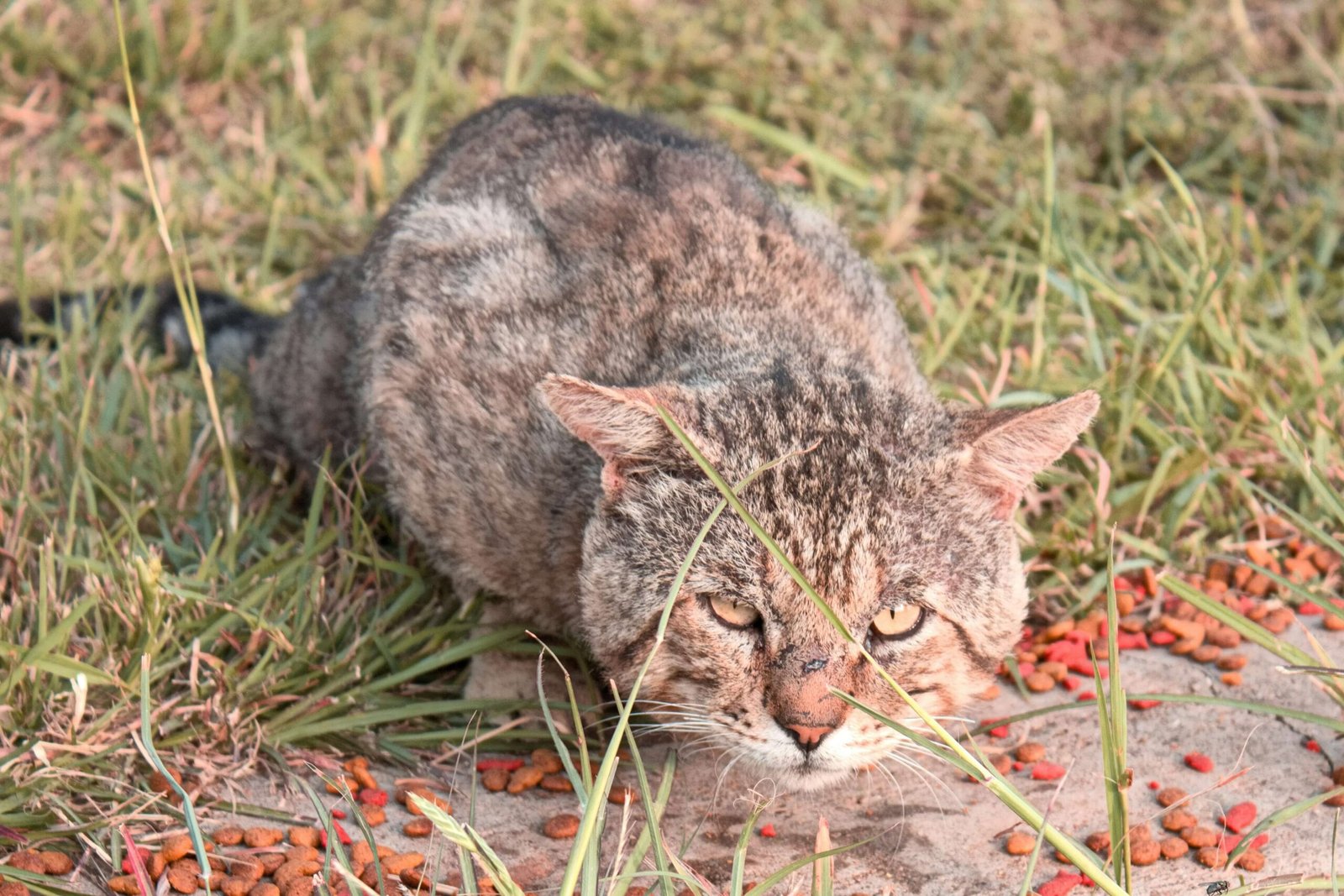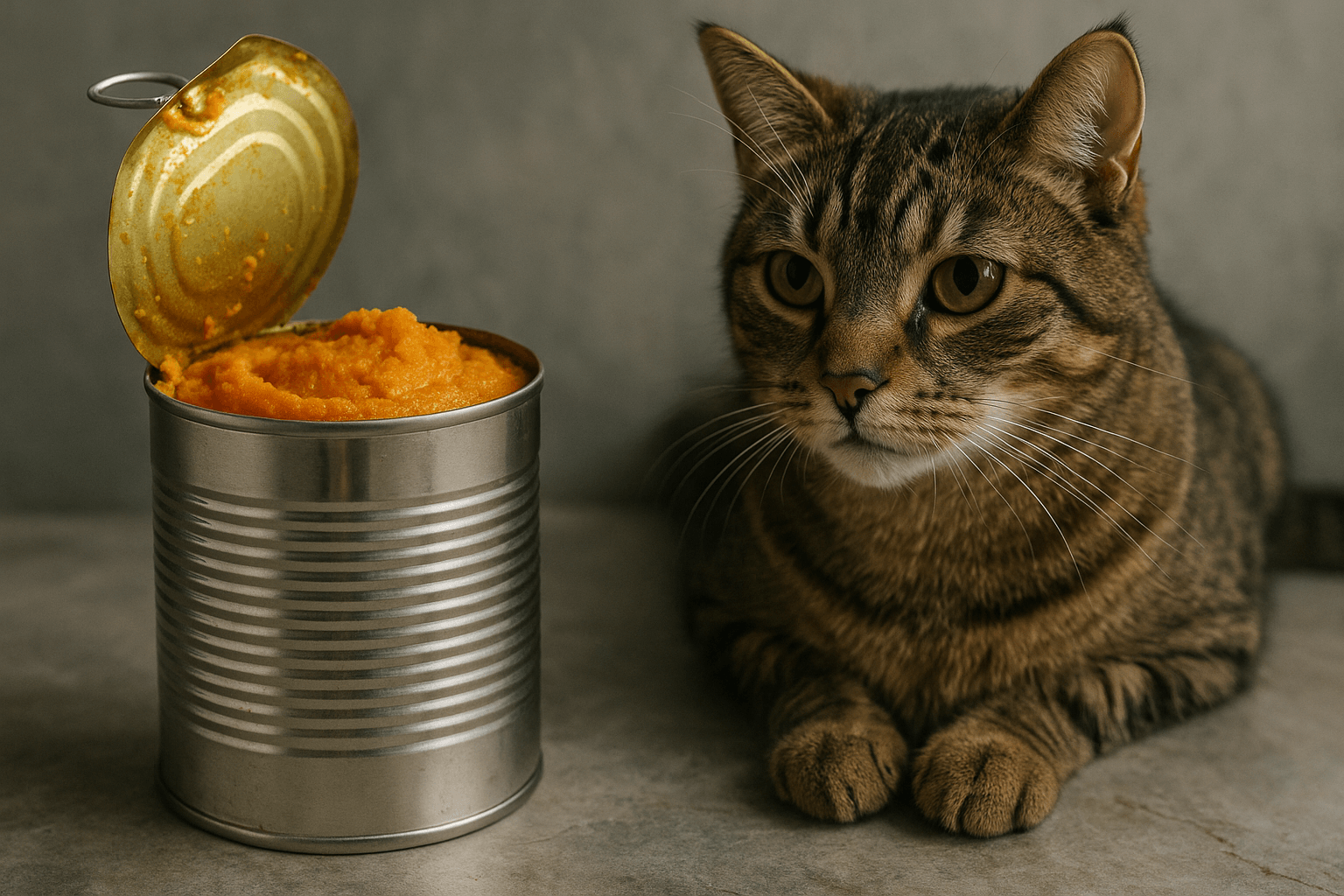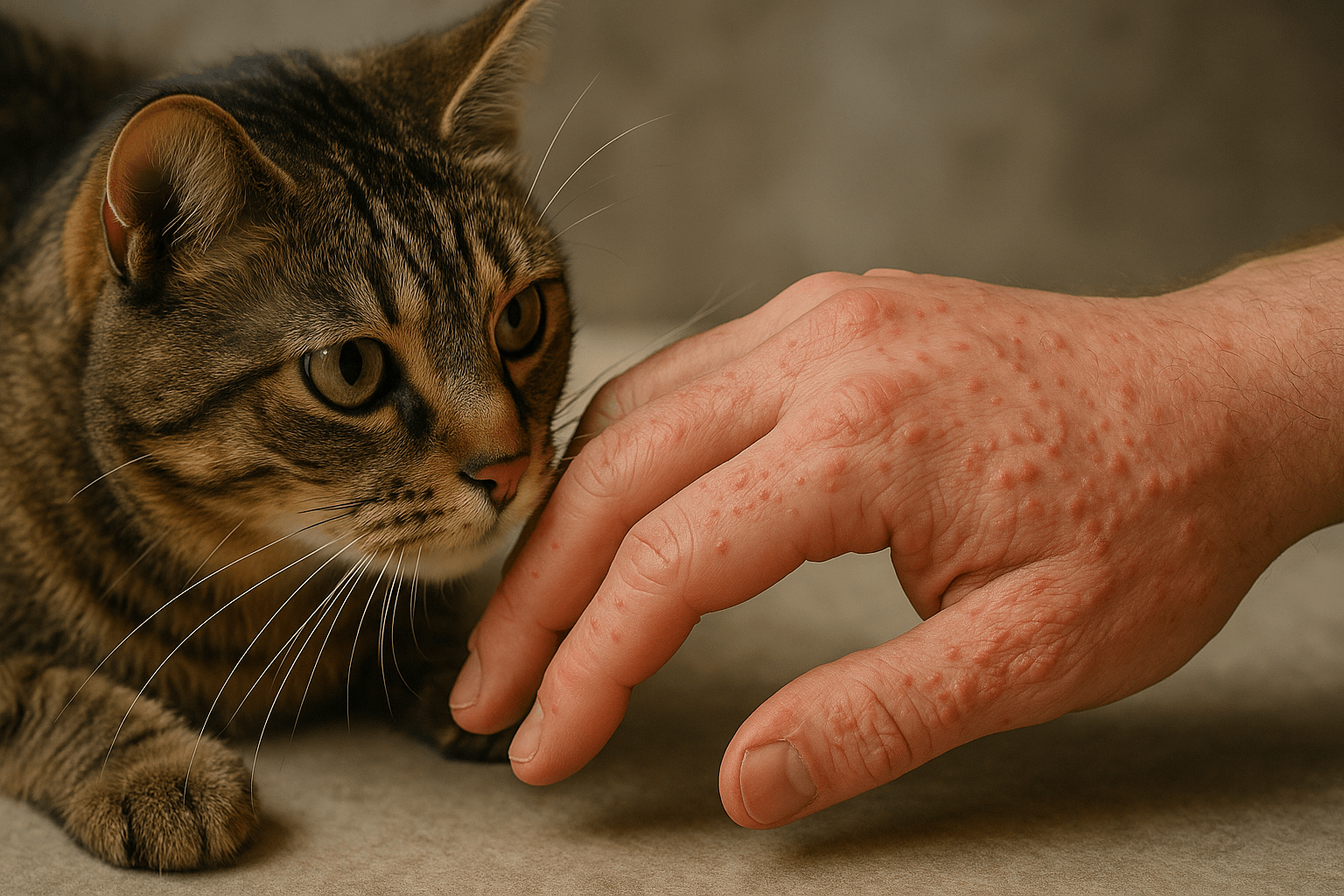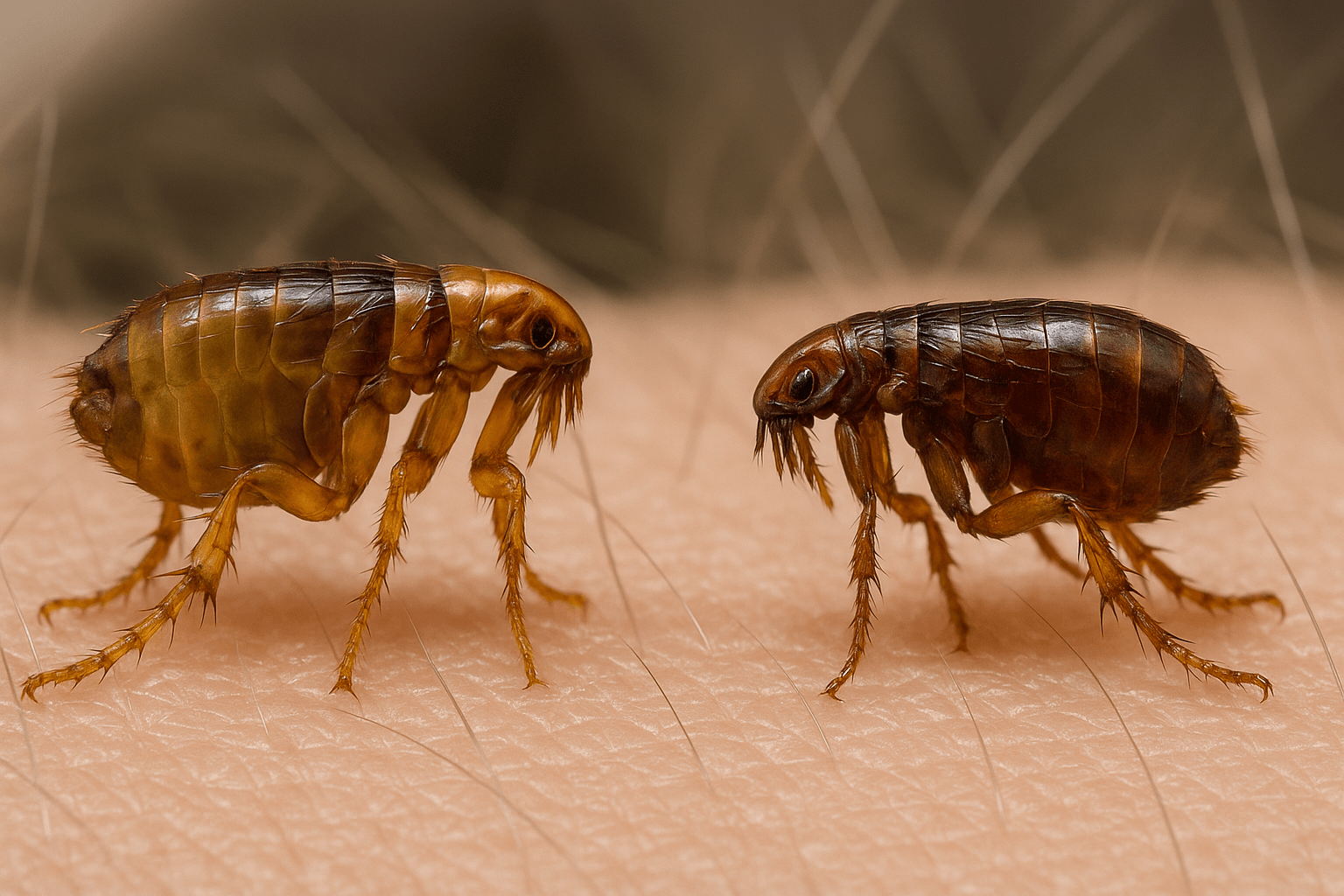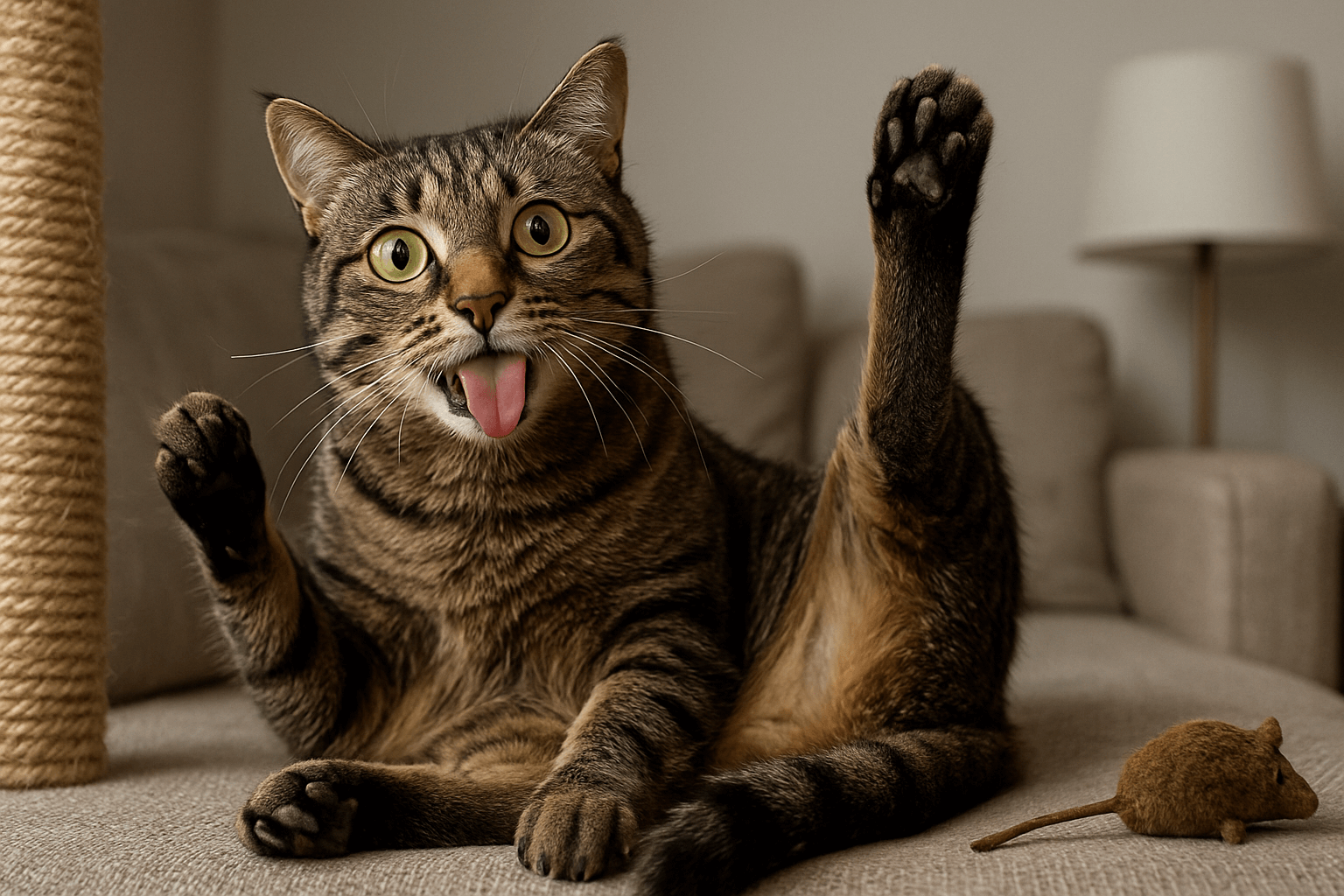Understanding Brown Cat Eye Discharge: Causes, Symptoms, and Solutions
As a cat owner, you know how expressive and enchanting your feline friend’s eyes can be. However, when you notice brown cat eye discharge, it can be alarming and raise questions about their health. While some discharge is normal, changes in color, consistency, or frequency might indicate an underlying issue that needs attention. This blog post will explore the potential causes of brown eye discharge in cats, what it means for their well-being, and how you can address it. Whether it’s a minor irritation or a sign of something more serious, we’ll guide you through understanding and managing this condition effectively.
Common Causes of Brown Cat Eye Discharge
Brown eye discharge in cats can stem from a variety of causes, ranging from harmless to potentially serious. Understanding these causes is the first step toward determining whether your cat needs veterinary care. Here are some common reasons behind this symptom:
Dust and Environmental Irritants
Cats are sensitive to dust, pollen, and other airborne particles, which can cause mild irritation and lead to brown discharge as their eyes attempt to flush out the irritants.Blocked Tear Ducts
When a cat’s tear ducts become blocked, tears can overflow onto the fur around the eyes, drying and leaving behind a brown, crusty residue.Conjunctivitis (Pink Eye)
This inflammation of the eye lining often results in increased tear production, which may dry and appear brown. Conjunctivitis can be caused by infections, allergies, or foreign objects.Corneal Ulcers or Injuries
Scratches or ulcers on the cornea can cause abnormal tear production, sometimes resulting in brown discharge as the eye heals.Feline Herpesvirus
A common viral infection in cats, feline herpesvirus can cause recurring eye issues, including brown discharge, especially during flare-ups.
While some causes of brown eye discharge are harmless, persistent or worsening symptoms should always be evaluated by a veterinarian to rule out serious conditions.
Signs That Brown Eye Discharge May Be Serious
Not all cases of brown cat eye discharge require immediate action, but certain accompanying symptoms can indicate a more serious underlying issue. If you notice any of the following signs alongside the discharge, it’s important to consult a vet promptly:
Redness or Swelling Around the Eyes
Inflammation of the eye or surrounding tissues can signal an infection or injury that needs treatment.Excessive Blinking or Squinting
If your cat is frequently blinking or squinting, it could mean they are experiencing pain or discomfort due to an eye problem.Cloudiness or Changes in the Eye
Any cloudiness, discoloration, or visible damage to the eye surface should be addressed immediately, as it may indicate a corneal ulcer or other severe condition.Behavioral Changes
If your cat seems unusually lethargic, avoids light, or shows signs of discomfort, it could be linked to their eye health.Foul Odor from the Eye Area
An unpleasant smell near the eyes may suggest an infection or abscess that requires professional care.
By paying attention to these warning signs, you can ensure your cat receives timely treatment and avoid complications.
Check this guide 👉Cat Eye Hemorrhage: Best 7 Expert Tips!
Check this guide 👉The Cat Eye Worm: Best 7 Expert Tips!
Check this guide 👉Cat Eye Infections and Natural Remedies: Best 7 Expert Tips!
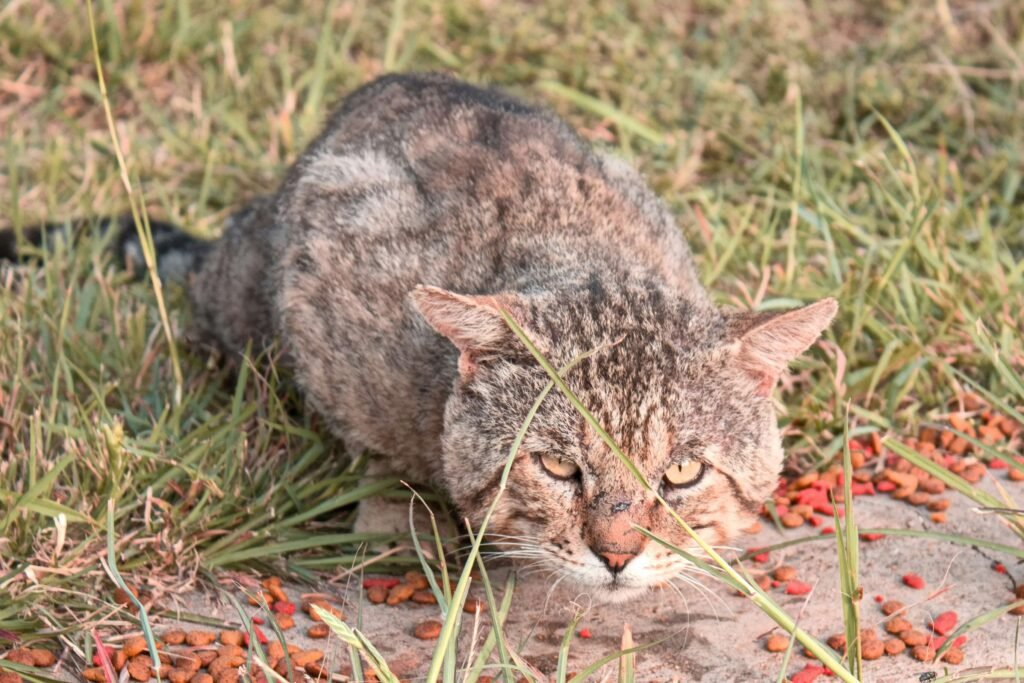
Potential Causes of Brown Eye Discharge | Recommended Actions |
|---|---|
Dust or environmental irritants | Clean your home regularly and use air purifiers. |
Blocked tear ducts | Gently wipe the area with a damp cloth; consult a vet if it persists. |
Conjunctivitis (Pink Eye) | Schedule a vet visit for proper diagnosis and medication. |
Corneal ulcers or injuries | Seek immediate veterinary care to prevent further damage. |
Feline herpesvirus | Discuss antiviral treatments and supportive care with your vet. |
How to Clean Your Cat’s Eyes Safely
Cleaning your cat’s eyes at home can help manage mild cases of brown discharge and prevent further irritation. Always approach this task gently to avoid causing stress or discomfort to your pet. Here are some steps to follow:
Gather Supplies First
Use clean, soft cloths or cotton pads and a saline solution specifically designed for pets. Avoid using human eye drops or harsh chemicals.Wash Your Hands Thoroughly
Before handling your cat’s eyes, wash your hands to reduce the risk of introducing bacteria or germs.Soak the Cloth in Saline Solution
Dampen the cloth with the saline solution and gently wipe away dried discharge from the corners of the eyes.Avoid Direct Contact with the Eye
Be careful not to touch the eyeball itself, as this can cause irritation or injury. Focus on cleaning the surrounding area.Reward Your Cat Afterward
Offer treats or affection after cleaning to create a positive association and reduce anxiety about future cleanings.
Regular cleaning can keep your cat comfortable while monitoring their condition for any changes.
Preventive Measures to Reduce Brown Eye Discharge
Taking proactive steps to maintain your cat’s eye health can minimize the occurrence of brown discharge. Prevention is key to ensuring your feline stays happy and healthy. Consider implementing these practices:
Keep Their Environment Clean
Regularly vacuum and dust your home to reduce exposure to allergens and irritants.Provide a Balanced Diet
A nutritious diet supports overall health, including strong immune function and healthy eyes.Monitor Playtime and Outdoor Activities
Supervise play to prevent accidental eye injuries, especially with toys that have sharp edges.Schedule Routine Vet Check-Ups
Regular veterinary visits allow early detection of potential eye problems before they worsen.Stay Alert to Behavioral Changes
Early intervention is crucial, so stay observant of any unusual behaviors related to your cat’s eyes.
By adopting these preventive measures, you can significantly reduce the likelihood of brown eye discharge becoming a recurring issue.
Home Remedies to Soothe Mild Eye Irritation
If your cat is experiencing mild eye irritation accompanied by brown discharge, there are a few home remedies you can try to provide relief. However, always remember that these remedies are not substitutes for professional veterinary care if the issue persists or worsens. Here are some safe and effective options:
Use a Warm Compress
A warm, damp cloth applied gently to the eye area can help loosen dried discharge and soothe irritation.Saline Solution Rinse
A pet-safe saline solution can be used to clean the eyes and remove debris without causing further irritation.Increase Humidity
Dry air can exacerbate eye issues. Using a humidifier in your home can keep your cat’s eyes moisturized and reduce irritation.Limit Exposure to Allergens
Keep your cat away from smoke, strong perfumes, or dusty environments that may trigger eye problems.Provide Omega-3 Supplements
Omega-3 fatty acids, found in fish oil, can support overall eye health and reduce inflammation. Always consult your vet before introducing supplements.
While these remedies can offer temporary relief, they should not replace a vet visit if symptoms persist or worsen over time.
Common Mistakes to Avoid When Dealing with Cat Eye Discharge
When addressing brown eye discharge in cats, it’s easy to make mistakes that could inadvertently harm your pet. Being aware of these pitfalls can help you avoid complications and ensure your cat receives the best care possible. Here are some common errors to steer clear of:
Using Human Eye Drops
Human medications can irritate or damage your cat’s sensitive eyes. Stick to products specifically formulated for pets.Ignoring Persistent Symptoms
Assuming the issue will resolve on its own can lead to untreated infections or worsening conditions. Always monitor closely.Forcing Your Cat to Stay Still
Struggling to clean your cat’s eyes while they resist can cause stress and injury. Take a gentle approach and reward them afterward.Skipping Vet Appointments
Even minor eye issues can escalate quickly. Regular check-ups are crucial for maintaining long-term eye health.Overlooking Underlying Health Issues
Brown discharge might be a symptom of a larger problem, such as allergies or systemic illness. Addressing only the surface issue won’t solve the root cause.
By avoiding these common mistakes, you can ensure your cat receives the proper care and attention their eyes need.
Signs Your Cat May Need Immediate Veterinary Attention
While many cases of brown eye discharge are manageable at home, some situations require immediate veterinary intervention. Recognizing these signs early can prevent complications and ensure your cat gets the care they need promptly. Here are red flags to watch for:
Severe Swelling Around the Eyes
Significant puffiness or swelling can indicate a serious infection or injury that needs urgent treatment.Visible Changes in the Eye’s Appearance
Cloudiness, bloodshot eyes, or a protruding third eyelid are warning signs of potential trauma or disease.Excessive Pawing at the Eyes
If your cat is constantly pawing or rubbing their eyes, it could mean they’re in pain or discomfort.Discharge with an Unusual Odor
A foul smell accompanying the discharge may signal an advanced infection requiring antibiotics.Sudden Vision Loss or Blindness
If your cat appears disoriented or unable to navigate their surroundings, seek emergency care immediately.
When in doubt, it’s always better to err on the side of caution and consult your veterinarian. Early intervention can make all the difference in preserving your cat’s eye health and overall well-being.
FAQ
Is brown eye discharge in cats always a sign of illness?
Not necessarily. Mild brown discharge can result from harmless factors like dust or blocked tear ducts. However, persistent or excessive discharge warrants a vet visit.
Can I use water to clean my cat’s eyes?
It’s best to use a pet-safe saline solution rather than plain water, as it’s gentler and less likely to irritate the eyes.
How do I know if my cat has a corneal ulcer?
Signs include excessive tearing, squinting, redness, and cloudiness in the eye. A vet can confirm the diagnosis with specialized tools.
Is feline herpesvirus treatable?
While there’s no cure, antiviral medications and supportive care can manage symptoms and improve quality of life.
Should I worry if my cat’s eye discharge is only occasional?
Occasional discharge is usually harmless, but frequent or worsening symptoms should be checked by a vet to rule out underlying issues.
Prioritize Your Cat’s Eye Health for a Happy Life
Brown cat eye discharge doesn’t have to be a source of panic if you know how to identify its causes and respond appropriately. By staying vigilant, practicing good hygiene, and seeking professional advice when needed, you can ensure your cat enjoys optimal eye health and continues to captivate you with those mesmerizing eyes. Remember, your feline companion relies on you to advocate for their well-being—so keep an eye out (pun intended!) for anything unusual and act swiftly when necessary. With love and care, you’ll give your cat the gift of clear, bright eyes and many joyful years together.
Canned Pumpkin for Cat Diarrhea: Best 7 Expert Tips! Natural remedy to firm stools, soothe upset bellies, and support gut health safely.
Can a Cat Give You Scabies? Best 7 Expert Tips! Discover the truth about feline mites, human skin risks, and how to protect yourself—without panic.
Cat Flea vs Human Flea: Best 7 Expert Tips! Discover the truth about bites, species, and how to eliminate infestations for good.
Weird Cat Behaviors: Best 7 Expert Tips! Discover why cats do strange things—and how to understand, not punish, their instincts for a happier home.

